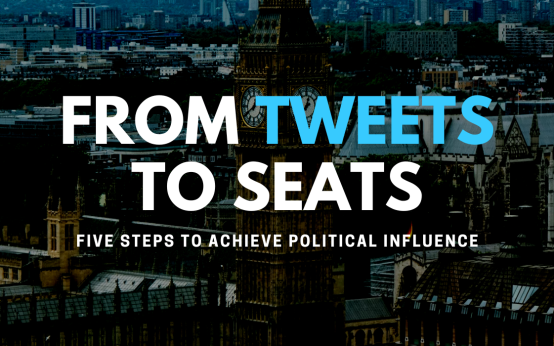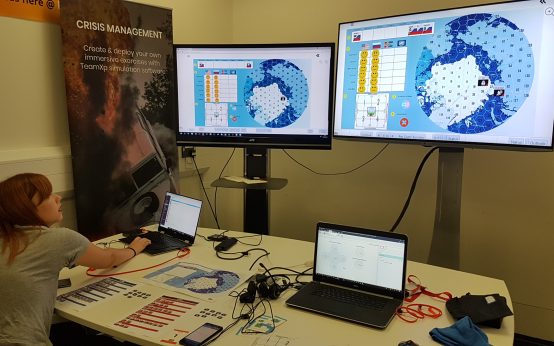In participatory experiences like wargames and crisis simulations a wide range of player agency is desirable but can be problematic if the experience boundaries are unknown or ignored. When players break the world boundaries it can mean an experience must be aborted, stopped or doesn’t achieve its goals.
Yet innovation (i.e. breaking the rules) is fun and in learning & development experiences like wargaming it might even be part of the goal. How then can authors of participatory experiences (especially those that play out in the real world) allow players to break the rules but not break the world? How can we design an experience for the greatest player agency and the broadest scope of emergent stories yet prevent the world from travelling so far from the author’s intended state that it becomes unrecognizable, unplayable or unsuitable?
I’ve just submitted an academic article for publication in January but I thought I’d share a brief highlight here.
In the images above I compare what usually might happen in a game when player actions break the world boundaries with a new type of “elastic world” that accommodates a temporary distortion.
Stretching and bending to allow the player’s contribution doesn’t mean that we must live with it forever. The misshapen storyworld might not be desirable for many reasons and so we need a way to restore the original world in a controlled way. A storyworld that restores itself to an inherent “natural order” could be called an elastic storyworld.
Measuring distortion and restoring order
Using the definition of elasticity used by physics we could say that:
- Stress = how much of the world is impacted
- Strain = how far it has moved from the recognizable desired world
In my paper I discuss how we might dimension the world, what counts as a stress and how we can design participatory experiences to be resilience to strains introduced by unexpected player actions.
To be continued!
In the meantime, why not build your own? https://crisis.conducttr.com




 Combating Complacency with Transmedia Storytelling: A Solution for Human Risk Management
Combating Complacency with Transmedia Storytelling: A Solution for Human Risk Management  Training Cyber Terrorism Professionals
Training Cyber Terrorism Professionals  From Tweets to Seats – 5 steps to winning a political campaign using social media
From Tweets to Seats – 5 steps to winning a political campaign using social media  MonkeyPox wargame – influence operations simulation
MonkeyPox wargame – influence operations simulation  Wargaming
Wargaming